Animal Studies (Zoology)
Pathways

Explore the museum's bird collection. Learn how to help birds through citizen science.
View Pathway
There are 15 species of bats in BC. Which ones live near you? Find out how important bats are to people and the world we share with them.
View Pathway
Orcas are embedded in human culture, from the screen to aquariums, mass media has shown the world the beauty of this species and how human behavior controls their fate. There is so much more for us to learn about orca culture and what they need to survive.
View Pathway
Dive into the world of ancient deep-sea biodiversity hotspots called glass sponge reefs.
View Pathway
Almost 50 years ago a geologist found dinosaur fossils in northern BC. Today those fossils are in the Royal BC Museum collection. Curator of palaeontology Dr. Victoria Arbour studies those fossils. Find out about her exciting discoveries!
View Pathway
1In 1 playlists
For thousands of years, Indigenous people have shared the Great Bear Rainforest with wolves, eagles, sea otters, salmon and herring, as well as many other animals. It is the only home of BC’s provincial mammal, the Spirit Bear.
View Pathway
2In 2 playlists
This pathway is especially for teachers who want to use object-based learning in the classroom. Includes lesson ideas and online support.
View Pathway
2In 2 playlists
Have you met the infamous Woolly mammoth at the Royal BC Museum? He greets visitors inside the entrance to the Natural History gallery. Woolly, as he is affectionately called by visitors and museum staff, is a replica of the largest animal to ever walk on this continent. Not everyone likes him. He has been known to frighten small children.…
View Pathway
1In 1 playlists
Marine invertebrates are animals without backbones that live in the ocean. These creatures make up most of ocean animal life. Learn about the incredible diversity beneath the waves.
View Pathway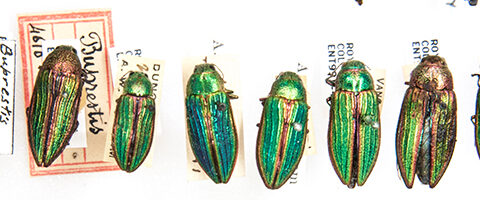
1In 1 playlists
The study of insects (entomology) is alive and well at the Royal BC Museum. Go behind the scenes to discover how we learn about the diversity of insect life in this province.
View Pathway
2In 2 playlists
Many people fear spiders but they are rarely harmful to humans and are important natural predators of insects. The spider collection at the Royal BC Museum strives to reflect the diversity of spiders in this province.
View Pathway
1In 1 playlists
The Royal BC Museum fish collection is varied and wonderful. Explore the astounding diversity of British Columbia fishes through the collection and scientific illustration.
View Pathway
5In 5 playlists
We're all in this together. An ecosystem is a natural community. When species disappear it can throw an entire system off balance, with far-reaching consequences for ecosytems, for the planet, and for us. What can we do about it?
View Pathway
2In 2 playlists
With all the choices for recording images these days, the art of illustration is still valued by scientific researchers. Explore the work of gifted biologist and illustrator Dr Hart.
View Pathway
2In 2 playlists
Listening for birds is a skill that takes patience and perseverance. Grace Bell used her skill and love of birds to record British Columbia bird calls and songs.
View Pathway
2In 2 playlists
The mammal collection is as diverse as the mammals of BC. Mammal specimens at the museum are preserved, stored and made available for research.
View PathwayMedia

Grayscale – Amazing Adaptations Scavenger hunt
Read
Meet the Mammoth
Read
Dinosaurs! Adaptations and Habitats
Read
Investigating Insects
Read
Amazing Adaptations
Read
Insect Vocabulary List
Read
RBCM_InvestigatingInsects_parts_cutout
Read
Amazing Adaptations Scavenger hunt
Read
Great Bear Rainforest Colouring Pages (1)
Read
buster
Read
boxactivitywithlogo
Read
Vocab List
Read
Bird Beak Adaptations Worksheet Answers
Read
Bird Beak Adaptations Worksheet
Read
Dinosaur Dice
Read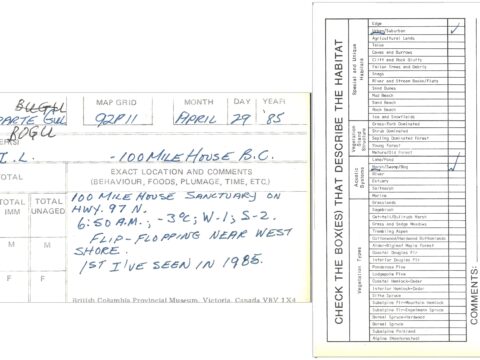
Citizen Science Card
Look
Pesticide Use
Look
Completed Study Skin
Look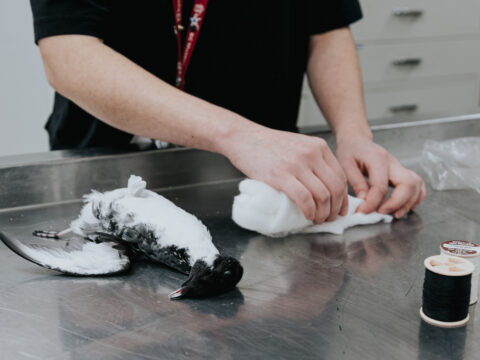
Final Stitch
Look
Tissue Collection
Look
Skinning
Look
First incision
Look
Data Collection
Look
Study Skin
Look
Invasive species
Look
Taxonomy
Look
Catalogue
Look
Climate Change
Look
Overhunting
Look
Competition
Look
Land development
Look
Cat kills and Window Strikes
Look
Crossbill
Look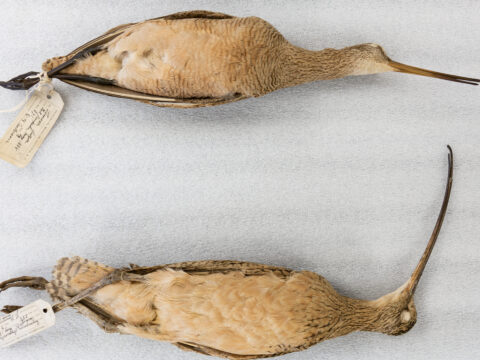
Shorebirds
Look
Tubenose
Look
Smallest Bird
Look
Largest Bird
Look
Melanin on Wingtips
Look
Melanin in Feathers
Look
Blue Colour
Look
Iridescence
Look
Colour Pattern
Look
Spotted-Bat-video-Educator-Resource
Read
Fiche-ressource-de-lenseignant-Video-de-loreillard-macule
Read
Yuma Myotis
Look
Townsend’s Big-Eared Bat
Look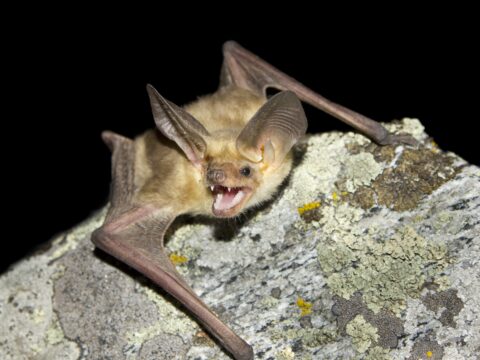
Pallid Bat
Look
Long-Legged Myotis
Look
Long-Eared Myotis
Look
Little Brown Myotis
Look
Hoary Bat
Look
Eastern Red Bat
Look
Dark-Nosed Small-Footed Myotis
Look
Californian Myotis
Look
Big Brown Bat
Look
Fringed Myotis
Look
Spotted Bat
Look
Wing Structure
Look
Radio Transmitter
Look
Mark and Recapture
Look
Diseases
Look
Roosting and Hibernation
Look
Baby Bat
Look
Drinking Water
Look
Bat Ears
Look
Pallid Bat in Flight
Look
Woolly Drawing
Read
Spotted Bat video Educator Resource
Read
Fiche-ressource de l’enseignant-Vidéo de l’oreillard maculé
Read
Fiche-ressource de l’enseignant-Vidéo de la mygale du Pacifique
Read
Pacific folding door spider video Educator Resource
Read
Ferrisaurus Video Educator Resource
Read
Amazing Adaptations Worksheet
Read
Birds of a Feather
Read
Resources for Southern Resident Killer Whale Information and Activities
Read
Resources for Southern Resident Killer Whale Information and Activities
Read
Resources for Southern Resident Killer Whale Information and Activities
Read
Orcas Educator Resource Guide
Read
Orca Echolocation Biology
Look
Orcas Debate Activity
Read
RBCM@ Outside Saturna Island
Watch
LP Activity Plan Debate.docx
Read
Rock Bass G Hanke
Read
Lamprey G Hanke
Read
Flounder G Hanke
Read
Broad Whitefish G Hanke
Read
Brassy Minnow G Hanke
Read
Backyard Bingo
Read
Grey Wolf Colouring Sheet
Read
Displaying
Look
This Week in History – Season 8 Episode 11: The Fascinating World of Sponges
Watch
Q and A with H Reiswig
Read
Glass Sponge Reef Communities
Read
Biology of glass spongesFINAL
Read
This Week in History – Season 8 Episode 7: Protecting Our Collections
Watch
This Week in History – Season 8 Episode 6: Invasive Wall Lizards
Watch
This Week in History: Season 7, Episode 20: Marine Protected Areas on BC’s West Coast
Watch
Dinosaur Arm Bone
Look
Buster Phalanx
Look
Dinosaur Leg Bone
Look
Research Notebook
Look
Unique Toes
Look
Buster’s Skeleton
Look
Fossil Vertebrate Collection
Listen
Climate Change and Plate Tectonics in BC
Listen
The Story Behind Buster, the mountain dinosaur of BC
Listen
Digital Dinosaur Bone
Look
Dinosaur Claw
Look
Giant Turtle Shell Closeup
Look
Examining Buster’s Bones
Look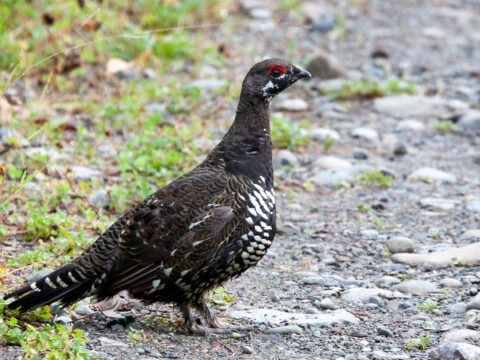
Rock Ptarmigan
Look
Giant Turtle Shell Fossil
Look
Moose Skull
Look
Listening for Birds Primary Lesson Plan1
Read
Species at Risk Secondary Lesson Plan
Read
Something Fishy Lesson Plan
Read
This Week in History: Season 6, Episode 23 Dr. Charles Newcombe, fossil-hunting Victorian doctor
Watch
Black Widow Spiders
Watch
BioBlitz Discoveries
Watch
Moss Campion butterfly
Look
Marine Travellers from Japan
Watch
The Loss of Southern Orca Resident J-32
Watch
The Fascinating World of Deep Sea Biology
Watch
Seaweed and Bugs
Watch
Gray Whale
Watch
Island View Beach
Watch
The Hoary Marmot
Watch
Spiny-eared Assfish
Watch
MiniMuseum_French_YellowBreastedChat 2015
Read
MiniMuseum_French_WesternBumblebee 2016
Read
MiniMuseum_French_SpadefootToad 2015
Read
MiniMuseum_French_RockMussel 2016
Read
MiniMuseum_French_Marmot 2015
Read
Life In The Soil
Watch
Something Fishy
Read
Invasive Marine Species
Watch
Common Wall Lizards
Read
Physa des Chaud
Read
2017caleopteryx a taches apicales
Read
2017 caribou de bois
Read
Woodland Caribou Mini Museum 2017
Read
River Jewelwing Mini Museum 2017
Read
Hotwater Physa Mini-Museum
Read
Hot Vent Tubeworm
Look
Northern Abalone
Look
Lemon Nudibranch
Look
Gavin Hanke
Watch
Drawing Fish
Read
Mammoths
Watch
What Happened to the Megafauna?
Read
Ice Age Mammoths in the Northern Hemisphere
Read
Northern Abalone
Watch
This Week In History Season 3 Episode 6 – Fossils
Watch
Summer 2016 Facebook Live Species At Risk Event
Watch
Rocky Mountain Ridged Mussel
Look
Western Bumble Bee
Look
Listen

Dance
Look
Mr. Coyote and Mrs. Coyote and their Magic Ladder.
Look
Mammoths and Mastodons Titans of the Ice Age Educator Guide
Read
Timelapse of Lyuba Installation
Watch
Children’s Non-Fiction Animal Books (RBCM)
Read
EDITED_One is the Lonliest Number
Read
Predator v. Prey Trailhead styled
Read
Nature Photography styled
Read
Claudia_1027
Look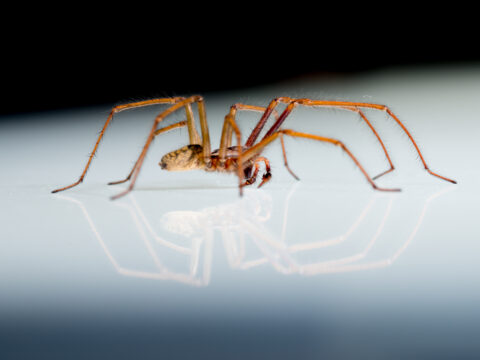
Look

Look

Look

Look

Look

Look

Look

Look

RobberFlies
Read
Watery World Dragonfly Larvae
Read
DragonsDamselsWhatAreThey_
Read
Adult Life in Air
Read
Discovering Diversity Part 1
Read
Behind the Scenes: Entomology
Watch
Humboldt Squid
Watch
Fossils
Watch
Listen

model2
Look
mapping mammoth
Look
mapped model
Look
MammothTusksConstruction
Look
Hair2
Look
DioramaMammoth
Look
Adding-hair
Look
Exhibit-Mammoth
Look
Look

Spider Specimen
Look
Look

Look

Smootheye Poacher
Look
Rough Pomfret
Look
Highlight Hatchetfish
Look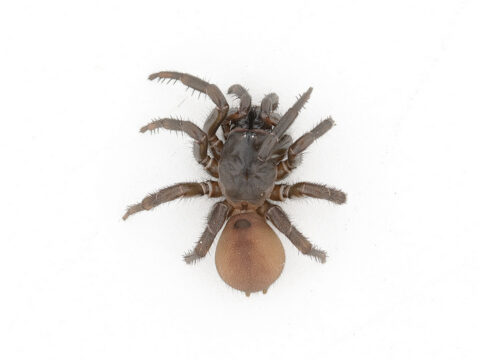
Look

2015sl0818008-009layered
Look
2015sl0818006black
Look
Mastodon tooth
Look
Mammoth tooth
Look
2015sl0818002black
Look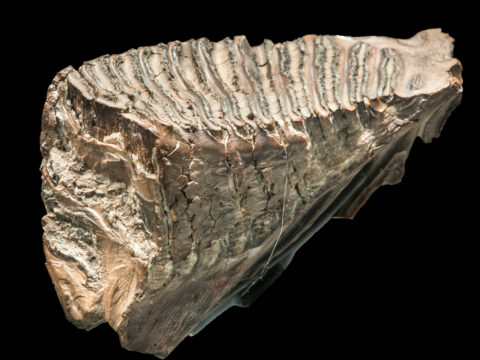
2015sl0818001black
Look
Fish Family Illustrations 2
Look
Fish Family Illustrations 1
Look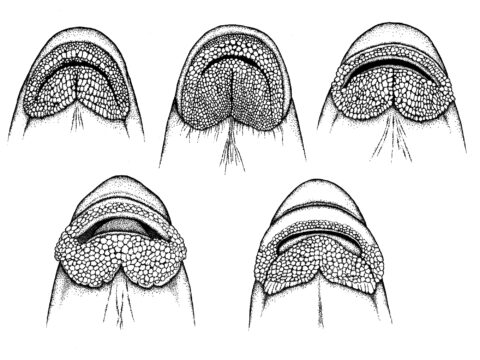
Sucker Mouths
Look
Fish Tails
Look
Orange Spotted Sunfish
Look
Pumpkinseed Fish
Look
Green Sunfish
Look
White Crappie
Look
Smallmouth Bass
Look
Light-bulb Tunicate
Look
The Northern Shrimp
Look
Watching Dragons and Damsels
Read
Tide Pools
Look
Aggregating Anemone
Look
Exploring the Coastline
Look
Nucella Eggs
Look
Hot Vent Tubeworm
Look
Discovering Diversity Part 4
Read
Discovering Diversity Part 3
Read
Discovering Diversity Part 2
Read
Into the Deep
Read
Humboldt Squid
Watch
Entomology: Behind the Scenes
Watch
Thyasirid Clam
Look
Olympia Oyster
Look
Alaska Eelpout
Look
Slimy Snailfish
Look
Sunbeam Lampfish
Look
Highlight Hatchetfish
Look
Rough Pomfret
Look
Smootheye Poacher
Look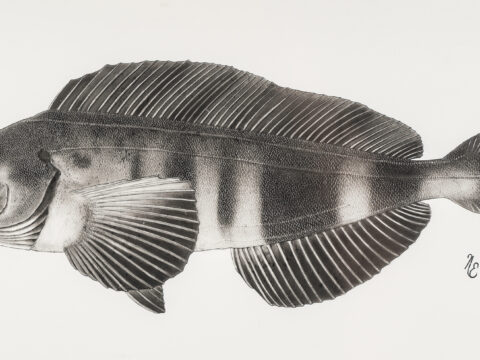
Atka Mackerel
Look
Fall Spider Season
Watch
Eulachon Illustration
Look
Louvar
Look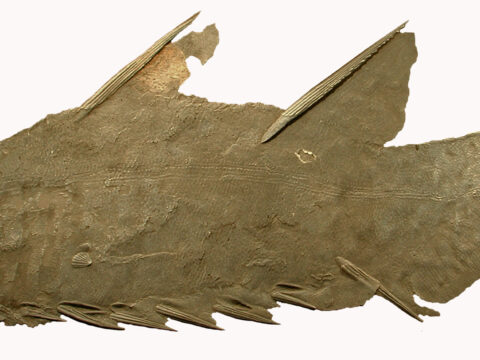
DSCN0445b
Look
Brochoadmone in rock
Look
2013sl0409139-149fs
Look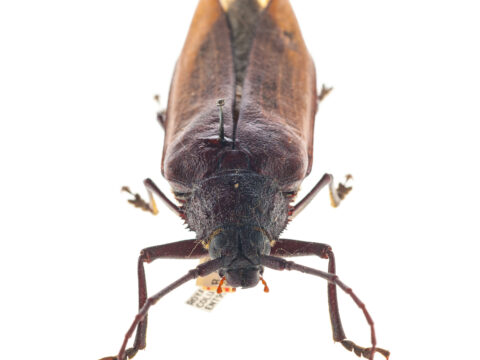
2013sl0409088
Look
8620521136_bb5f7ac295_o
Look
8619418219_ebea773188_o
Look
8477697470_363846ff05_o
Look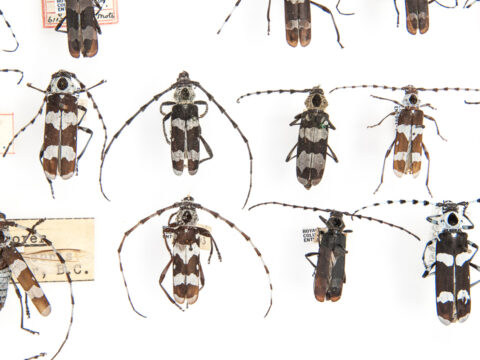
8477697376_9d6203f290_o
Look
8476607613_22dcc61274_o
Look
8476607129_12d80f55cf_o
Look
Marmot Dissection
Watch
Spider Myths
Watch
Dragonflies of BC
Watch
What Species Would You Save? Video
Watch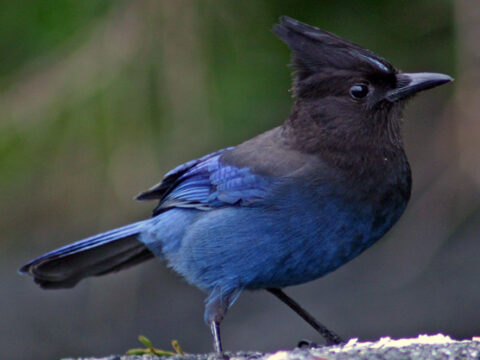
StellersJay-2-carousel
Look
Marmot
Watch
What Species Would You Save?
Watch
Hotwater Physa
Look
Western-Meadowlark
Look
Western Branded Skipper
Look
Dark Saltflat Tiger Beetle
Look
Yellow-breasted Chat
Look
Yellow-breasted Chat
Listen
Webster! Phone-In 1979
Watch
Vancouver Island Marmot
Look
Marmot Dissection
Watch
010-00060-001alt3-1300×880-1200×812
Look
Emily with her Pets
Look
WooMonkeyTalesReadPDF-
Read
What About Woo?
Read
Top View Yellow-pine Chipmunk Study Skins
Look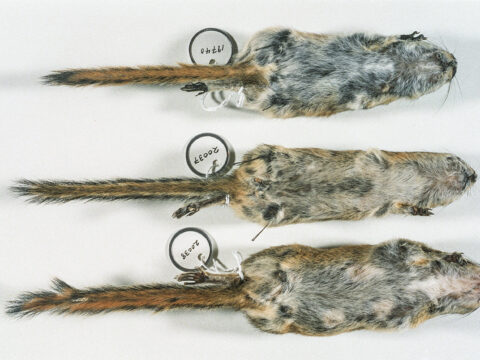
Bottom View Yellow-pine Chipmunk Study Skin
Look
Fur Vault
Look
Disarticulated Skeletons
Look
Cat Skeleton
Look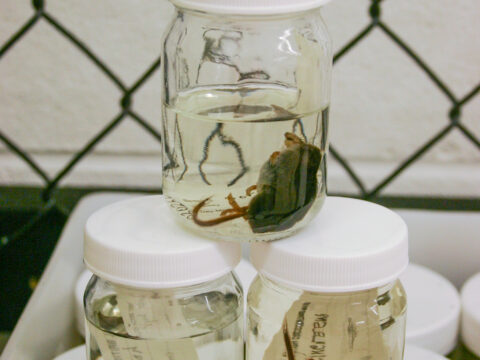
Mammal Wet Specimens
Look
Type Cabinet
Look
Spotted Bat Illustration
Look
Yellow-pine Chipmunks Study Skins
Look
StellersJay (2)
Look
Violet-green Swallow by RoyalBCMuseum
Listen
Varied Thrush by RoyalBCMuseum
Listen
Black Oystercatcher by RoyalBCMuseum
Listen
Great Horned Owl by RoyalBCMuseum
Listen
Bewick’s Wren by RoyalBCMuseum
Listen
Bald Eagle by RoyalBCMuseum
Listen
A New Design
Read
Shell Middens
Read
Dr Melissa Frey
Watch
Mysteries of the Ediacaran Period
Read
About Grace Bell
Read
This Week In History – Josephine Hart
Watch
Francis Kermode
Look
Disarticulated Skeletons
Look
Mammal Wet Specimens
Look
Sea Lions
Listen
California Sea Lion
Listen
Petition for a Museum
Watch
Tropical Valley Expedition
Watch
Violet-green Swallow
Listen
Varied Thrush
Listen
Steller’s Jay
Listen
Black Oystercatcher
Listen
Great Horned Owl
Listen
Bewick’s Wren
Listen
Bald Eagle
Listen
American Wigeon
Listen
Locked Moose Antlers
Watch
Paxillose Crab Illustration
Look
Paxillose Crab
Look
Foliate Kelp Crab Illustration
Look
Foliate Kelp Crab
Look
Josephine F. L. Hart Profile
Look
Dr Josephine Hart
Look
Sharp-Nosed Crab Illustration
Look
Sharp-Nosed Crab
Look
Blue Band Hermit Crab Illustration
Look
Maroon Hermit Crab Illustration
Look
Blue Band Hermit Crab
Look
Maroon Hermit Crab
Look
Pubescent Porcelain Crab Illustration
Look
Pubescent Porcelain Crab
Look
Violet-green Swallow
Look
Varied Thrush
Look
Black Oystercatcher
Look
Great Horned Owl
Look
Bewick’s Wren
Look
Bald Eagle
Look
American Wigeon
Look
Steller’s Jay
Look
Raven Bowl
Look
Shell Midden Erosion
Look
Shell Midden Close-up
Look
Shell Midden
Look
Shell Midden Ash Layer
Look
Top View Yellow-pine Chipmunk Study Skins
Look
Bottom View Yellow-pine Chipmunk Study Skin
Look
Wild Kermode Bear
Look
Fur Vault
Look
Disarticulated Skeletons
Look
Cat Skeleton
Look
Mammal Wet Specimens
Look
Type Cabinet
Look
Beacon Hill Bear Skull
Look
Yellow-pine Chipmunks Study Skins
Look
